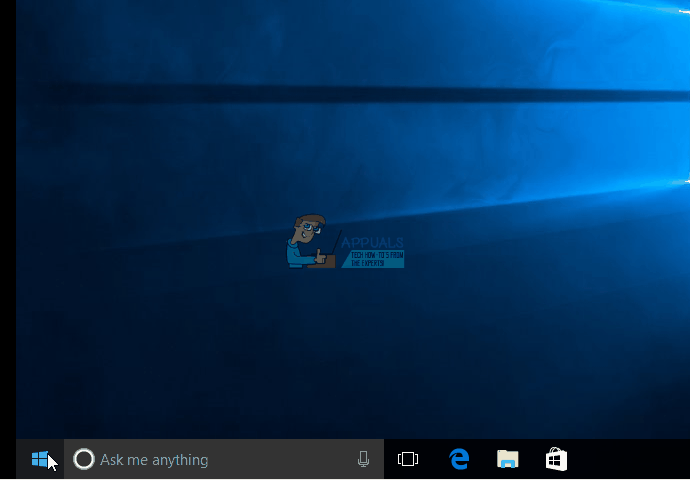Trying to Enable Hyper-V ‘Error Code 0x80070057’ [Quick Fix]
Countless Windows 10 users enable and use the Hyper-V platform when they need to create virtual environments on their computer. This is what makes the Hyper-V platform so important. However, it is not unheard of for Windows 10 users to face issues when trying to use the Hyper-V platform. One of the most common problems of this kind is an inability to enable the Hyper-V platform, with users instead met with an error message containing code 0x80070057. Whenever a Windows 10 user affected by this issue tries to enable the Hyper-V platform on their computer, they receive the same error message.
“Windows couldn’t complete the requested changes. The parameter is incorrect. Error code: 0x80070057”
In almost all cases, this issue is caused by corruption in one or more system elements or by the lack of the latest Windows updates for the affected computer. Thankfully, this problem is entirely solvable. To try and resolve this problem, you need to:
- Right-click on the Start Menu button to open the WinX Menu .
- Click on Command Prompt (Admin) in the WinX Menu to launch an elevated Command Prompt that has administrative privileges.
- Type the following into the elevated Command Prompt and press Enter:
DISM /Online /Cleanup-Image /RestoreHealth
- The DISM utility is designed to repair and service a Windows installation to every extent possible, attempting to fix any and all corruptions and other issues with the system. That being the case, it can take a significant amount of time for this command to be fully executed. Patiently wait for the command to be fully executed, and then close the elevated Command Prompt.
Once the DISM utility has finished working its magic on your computer, you will need to check for and install any available Windows updates. To do so, you must follow these steps:
- Open the Start Menu.
- Click on Settings.
- Click on Update & security.
- Click on Windows Update in the left pane.
- In the right pane, click on Check for updates.
- Wait for Windows Update to check for and retrieve any and all available updates for your computer.
- If there are any updates available for your computer, download and install them.

Once all available updates for your computer have been successfully installed, restart the computer. As soon as the computer boots up, try enabling the Hyper-V platform and check to see whether or not the issue has been fixed.
